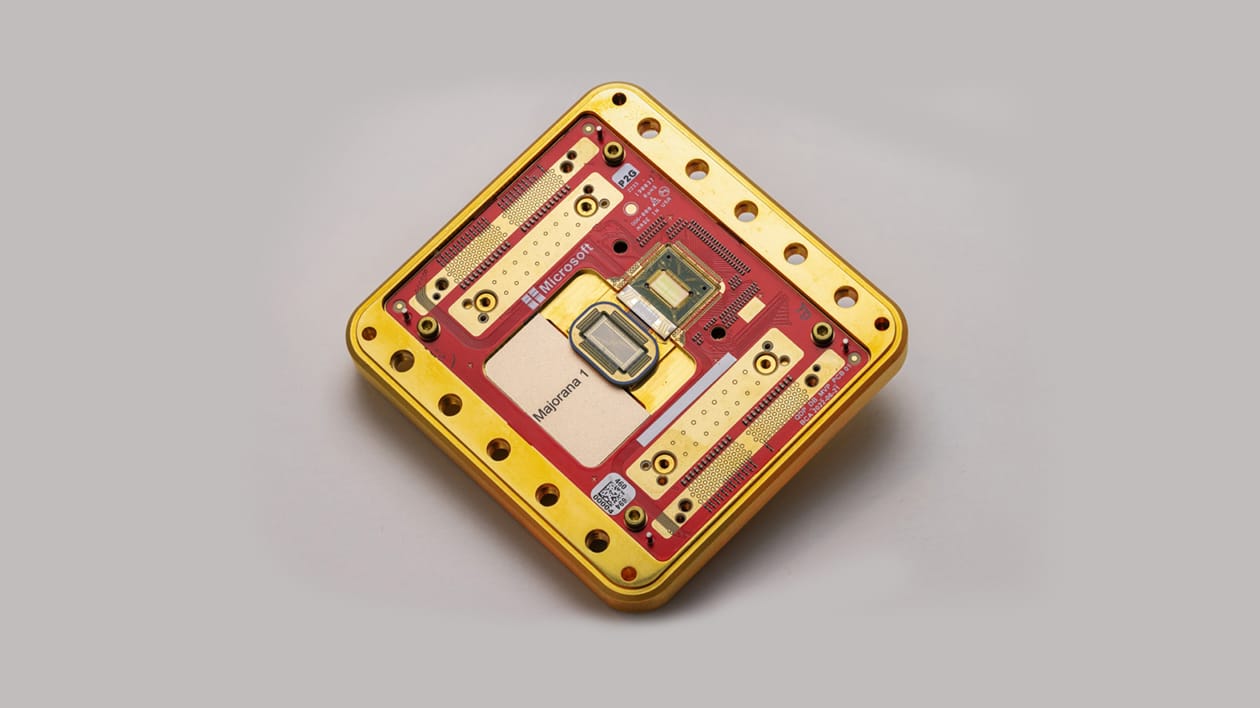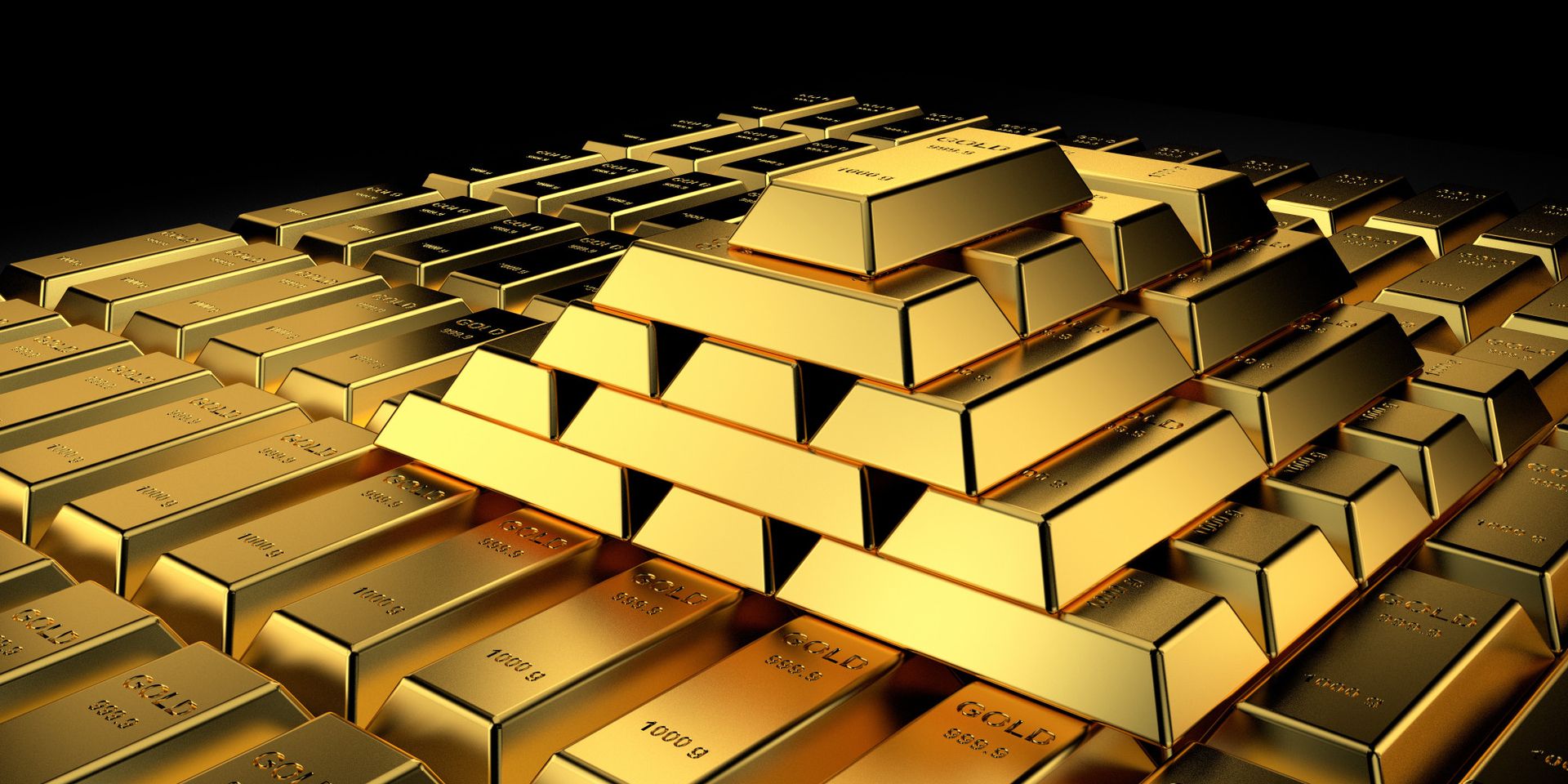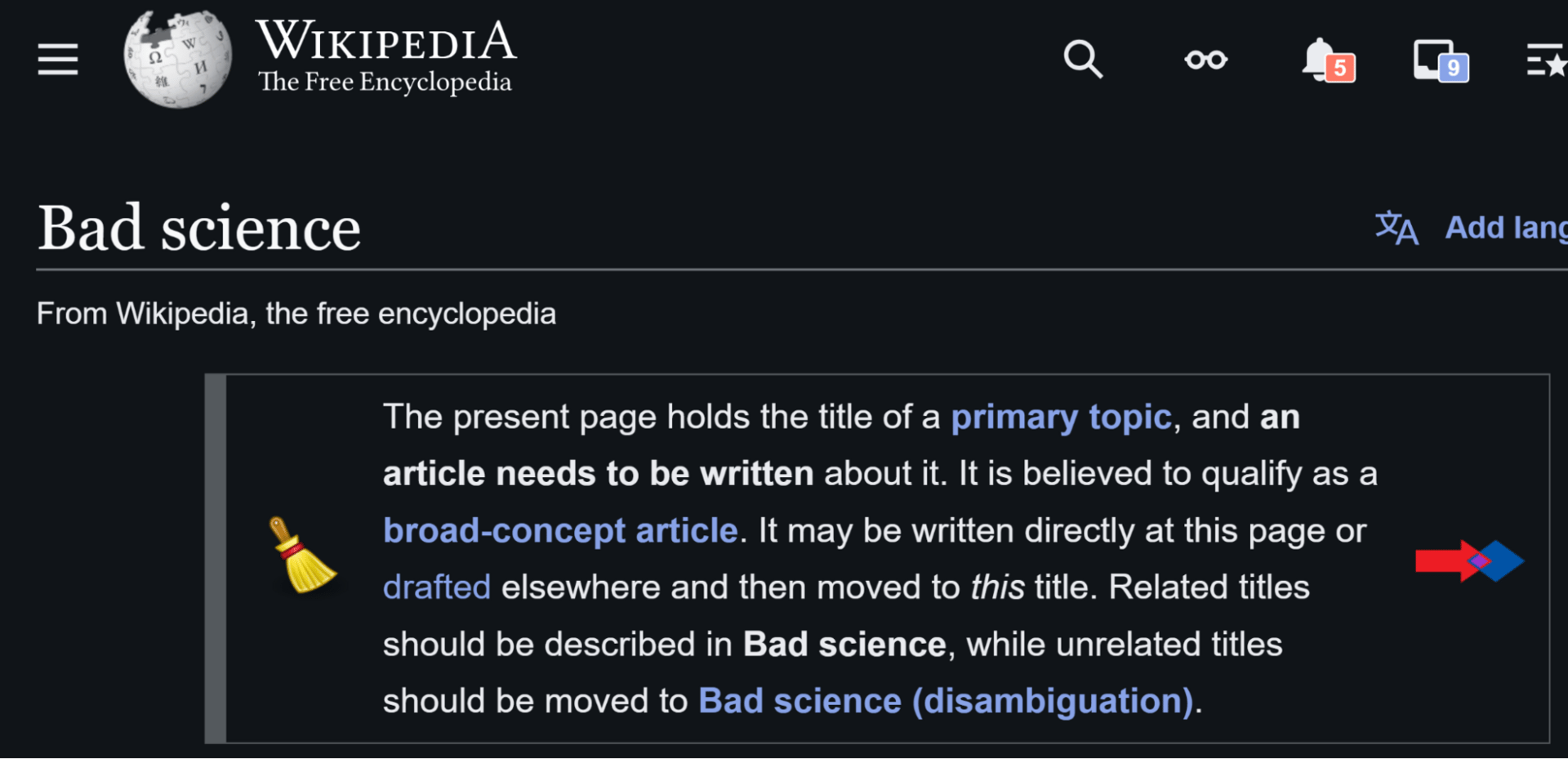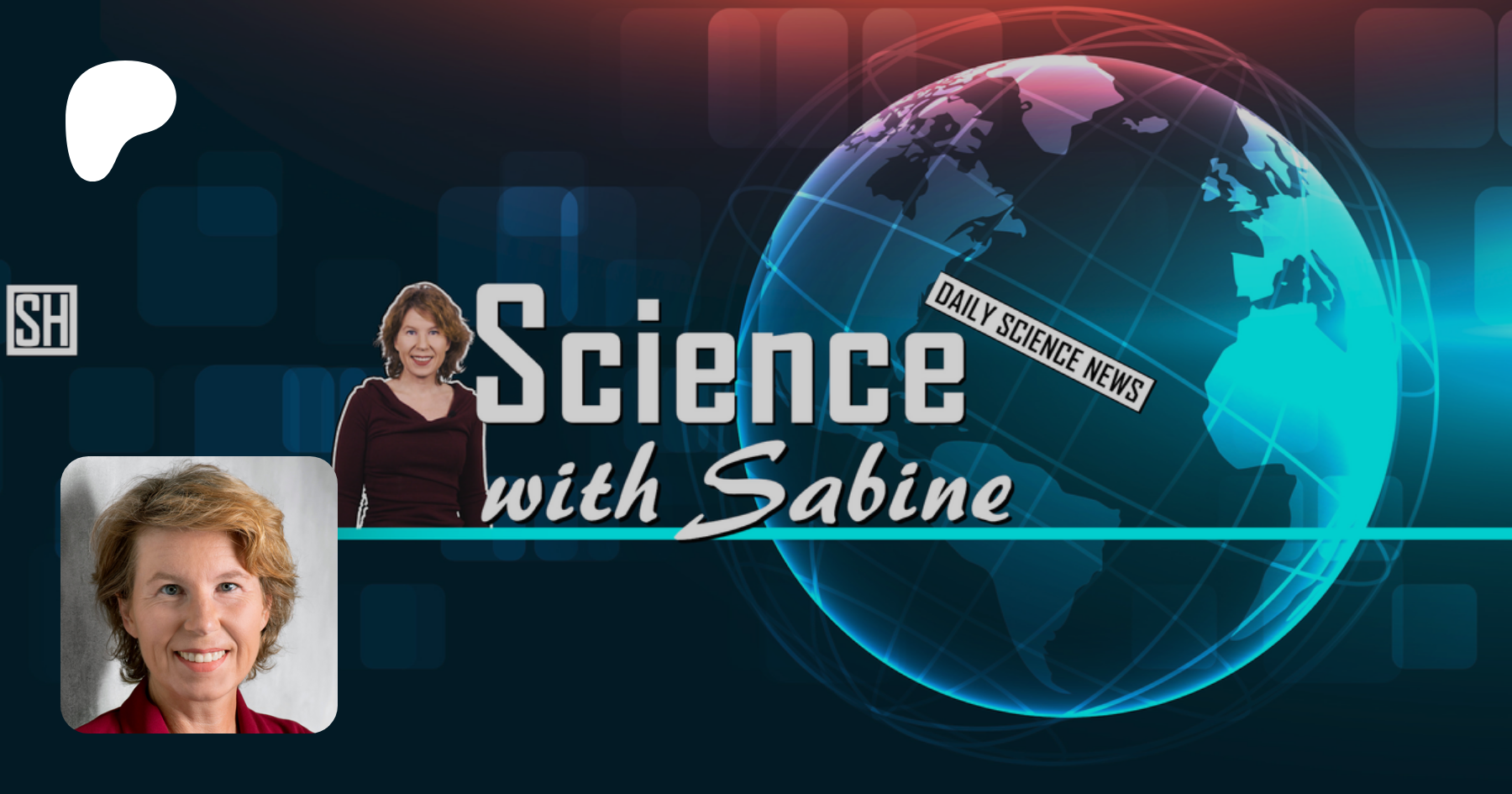- Sabine's Newsletter
- Posts
- Topological Qubits Again, Nuclear Gold, Bad Science on Wikipedia, and a Cosmic Hole
Topological Qubits Again, Nuclear Gold, Bad Science on Wikipedia, and a Cosmic Hole
This week’s science bits from SWTG

More About Microsoft’s Topological Qubits

Image: Microsoft’s Topological Quantum Processor. Credits: Microsoft
Earlier this year Microsoft unveiled its Majorana 1 quantum processor, which supposedly uses topological qubits which are inherently less sensitive to noise. The announcement attracted much criticism from the community because they had not actually demonstrated the existence of topological qubits.
Now, researchers from Microsoft have posted a pre-print on the arXiv, announcing that they successfully created a qubit with (what they say are) four Majorana modes, and demonstrated that they can reliably read out its two basic states. This is a key proof of principle, but still does not prove that the qubits are truly topological.
This week’s episode of Science News is about idea that our planet and its surroundings are inherently special. Kind of. According to a growing pile of evidence, our galaxy actually does exist in a special place – more specifically, our planet and the space surrounding it (out roughly a billion light years in each direction) is strangely devoid of galaxies. Astrophysicists have called it the “local hole”. This used to be somewhat of a fringe idea, but a group of astrophysicists just released a new data analysis that supports the idea that we live in a hole. Let’s take a look at what this means for physics. This week’s video also comes with a quiz, which you can take here.
Speaking of quizzes, you can now create and share your own quizzes on QuizWithIt for free! Each quiz has a unique URL, can be embedded into websites or newsletter, and be shared on social media. Happy quizzing!
Gold from Nuclear Fusion

Researchers from the company Marathon Fusion, based in San Francisco, claim that tokamak-based nuclear fusion reactors can also be used to create gold. They want to use the neutrons that are generated in the nuclear fusion to transmute mercury to an unstable isotope which then decays into a stable gold isotope. They estimate that half the revenue of nuclear power plants could come from that gold. I am highly skeptical that this will make commercial sense, but I like the idea. Paper here. More here.
Bad Science Spreads Through Wikipedia

A team of forensic scientists have uncovered evidence that scam research papers are sometimes spread through Wikipedia. As they detail in a recent blogpost, the references get picked up from there by science writers in a hurry and make it into media articles. They tracked an example of a paper about food science that almost certainly came out of a paper mill, which means that authorship on the paper was sold off for probably thousands of dollars apiece. This development is hugely concerning because it could vastly amplify the visibility of scam research, especially in medicine and the life sciences.
